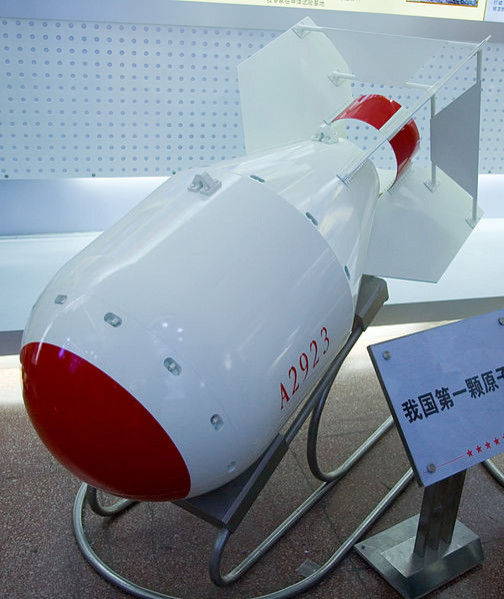China’s Next Big ‘Red Tourism’ Destination: An A-bomb Test Site

China’s state-run Xinhua news agency reports that the deserted nuclear experiment site where scientists worked more than half a century ago to develop the county’s first atomic bomb will soon open to the public in an attempt to boost tourism to the extreme northwest region of the country.
The Malan base in remote Xinjiang Uygur Autonomous Region will be turned into a “red tourism” site at a cost of roughly 6 million yuan ($960 thousand). Xinhua says the local government and Beijing-based Tsinghua University will manage the project, which includes preserving the labs and dormitories used by nuclear scientists, along with a 300-meter (985-foot) anti-air strike tunnel.
On Oct. 16, 1964, China detonated its first atomic bomb in the desert near Malan. The People’s Republic carried out nearly 40 nuclear tests in Xinjiang in the subsequent decades, but it has never used an A-bomb in an attack. The government suspended its nuclear weapons program in 1996, pledging a commitment to advancing global nuclear disarmament.
China’s Communist Party has increasingly opened up destinations that celebrate what it regards as historic or revolutionary events, and so-called “red tourism” is on the rise with newly upgraded sites like Chairman Mao’s cave hideout near Yan’an, which draws busloads of domestic tourists, according to a BBC report.
Xinhua claims red tourism is now a $20 billion business, while the Chinese National Tourism Administration notes that the number of visitors at the country’s top 10 red tourism sites has grown by more than 50 percent annually over the last few years.
This rapid expansion is thanks, in no small part, to government-sponsored trips, and it remains to be seen how many visitors the A-bomb site will attract given its remote location some 3,200 kilometers (2,000 miles) from Beijing.
© Copyright IBTimes 2024. All rights reserved.






















